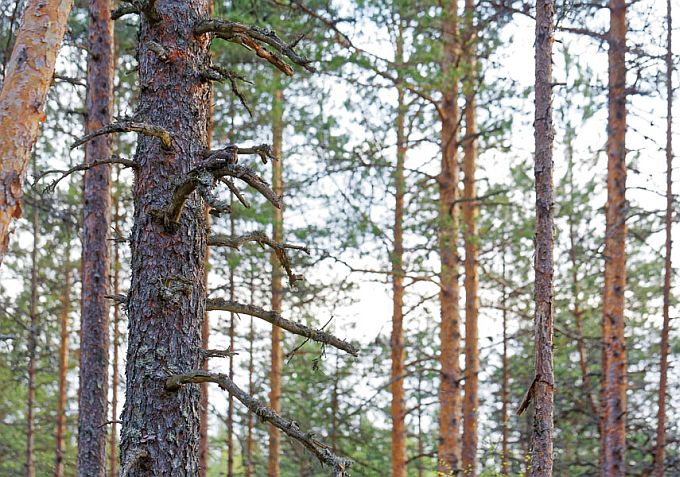Video recorded by Ahto Täpsi
Photo Arne Ader
Translation Liis
Estonian text posted 22.05.2018
Nightjar Öösorr Caprimulgus europaeus
A breeding bird in all
The nightjars with nocturnal habits are most often encountered on forest roads, in the lights of cars; at that time they hunt for larger insects that they feed on.
In daytime a nightjar that rests stretched lengthwise on a tree branch often stays unnoticed which is favoured by the unmoving position and the colours of brown, grey, white of the patterned plumage.
Is the male possible to distinguish from the female? Yes, they have more white patches in the plumage. At the sides of the throat we can see white patches as well as on the wings and the edges of the tail.
The body length of a nightjars is around a quarter of a metre, the wingspan is over half a metre and the weight
Towards the end of May nesting begins but for information: nightjars do not build a nest but lay the eggs directly on the ground or in the forest debris, in sparse vegetation. Both adults incubate for about two and a half weeks.
Nightjar
Listen to both of Veljo Runnel’s recorded calls: LINK
Observations of nightjars in May : LINK



